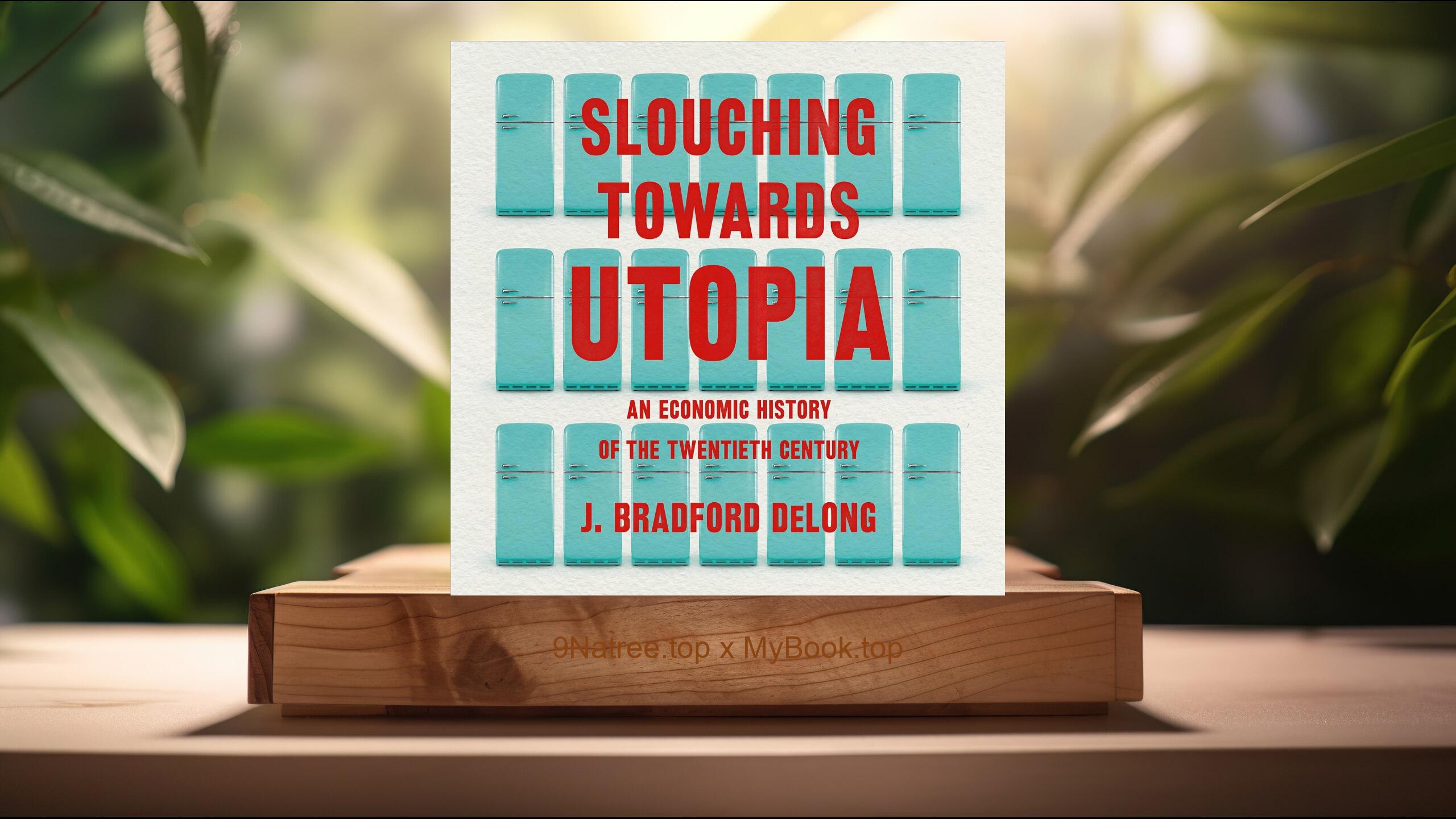Show Notes
- Amazon USA Store: https://www.amazon.com/dp/B08KH1J644?tag=9natree-20
- Amazon Worldwide Store: https://global.buys.trade/Pity-the-Reader-On-Writing-with-Style-Kurt-Vonnegut.html
- Apple Books: https://books.apple.com/us/audiobook/pity-the-reader-on-writing-with-style/id1643238347?itsct=books_box_link&itscg=30200&ls=1&at=1001l3bAw&ct=9natree
- eBay: https://www.ebay.com/sch/i.html?_nkw=Pity+the+Reader+On+Writing+with+Style+Kurt+Vonnegut+&mkcid=1&mkrid=711-53200-19255-0&siteid=0&campid=5339060787&customid=9natree&toolid=10001&mkevt=1
- Read more: https://mybook.top/read/B08KH1J644/
#writingtips #KurtVonnegut #literarystyle #creativewriting #literatureandsociety #PitytheReader
These are takeaways from this book.
Firstly, Vonnegut's Writing Philosophy, One of the central themes present in 'Pity the Reader' revolves around Vonnegut's unique perspective on writing as an act of love and a tool for humanism. He believed that writing should always work to benefit the reader in some emotional or intellectual capacity. His viewpoint was not just about the aesthetic of words but their impact. Vonnegut emphasized simplicity and sincerity in writing, advocating for straightforward, lean prose that can be universally understood. This perspective is crucial because it extends beyond mere storytelling, touching on the responsibilities of a writer and the ethical implications of the craft. Writers, according to Vonnegut, are to serve as agents of change and understanding, using their narratives to illuminate truths and foster compassion.
Secondly, Techniques of Effective Writing, Kurt Vonnegut was celebrated for his succinct and impactful writing style. In ‘Pity the Reader’, extensive discourse is dedicated to explicating the techniques that Vonnegut employed to make his writing resonate. This includes his famous advice on economizing language—advocating for precision and avoiding superfluous details that could dilute the potency of the writing. Vonnegut also stresses the importance of rhythm in prose, which he carefully implemented to enhance readability and engagement. Another key component discussed is the importance of opening lines and effective beginnings, which Vonnegut saw as crucial in capturing and maintaining a reader's interest. These methodologies not only make his literature pleasurable and immediately gripping but also serve as effective tools for ensuring clarity and depth without losing a reader’s attention.
Thirdly, Developing Character and Setting, ‘Pity the Reader’ gives in-depth treatment to Vonnegut's unique approach to character creation and setting. Vonnegut treated his characters as creatures of growth, insisting on the importance of developing characters that resonate emotionally with readers. This connection was achieved by infusing characters with intrinsic conflicts, flaws, and aspirations, making them more relatable and engaging. Similarly, for setting, Vonnegut preferred minimal yet powerful descriptions that evoke strong images or sensations, effectively setting the tone of the story without overwhelming the reader with details. This topic underscores the crucial balance between character and environment in crafting a compelling narrative.
Fourthly, Role of Writers in Society, Vonnegut held a pronounced belief about the social responsibilities of a writer. He articulates in ‘Pity the Reader’ that writers have the duty to bear witness to their time, reflect societal values and concerns, and challenge the status quo. Through this lens, writing becomes a vehicle for societal reflection and critique, making writers key influencers in shaping cultural and ethical landscapes. This view not only grants writers a grander purpose but also challenges them to consider the broader implications of their work. Vonnegut’s reflections in this section offer profound insights into the intrinsic connection between literature and societal progression.
Lastly, Humor and Humanity in Writing, A distinctive feature of Vonnegut's writing, which is also prominently elaborated upon in ‘Pity the Reader’, is his use of humor as a tool for literary expression and human connection. Vonnegut managed to weave humor with grave topics, allowing for a more palatable exploration of profound truths. This blend of humor and humanity is crucial as it not only makes his work accessible but profoundly impactful. It demonstrates how humor can be a powerful narrative tool that, when skillfully employed, can deepen the reader's engagement with the material and enhance their understanding of complex themes.
![[Review] Pity the Reader: On Writing with Style (Kurt Vonnegut) Summarized](https://episodes.castos.com/660078c6833215-59505987/images/1979986/c1a-085k3-v629p164f8dx-nkpltf.jpg)




